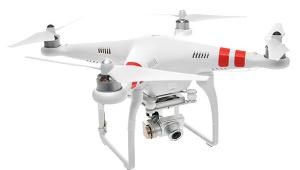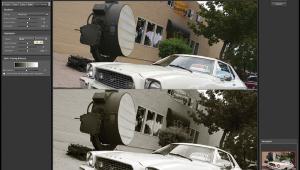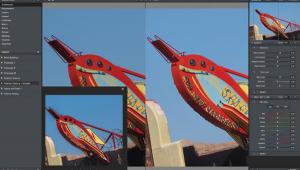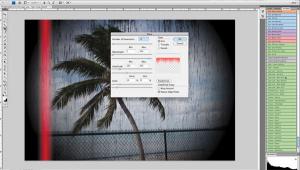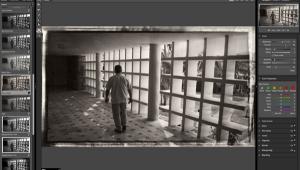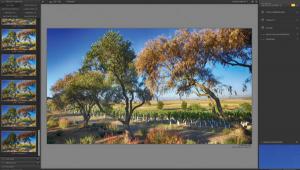Personal Project; Playtime
Here’s the thing: the dogs aren’t fighting; they’re playing.
When they run, jump, growl, and tussle in canine versions of tag, wrestling, and catch me if you can, it often looks like fighting. It can make people uneasy.
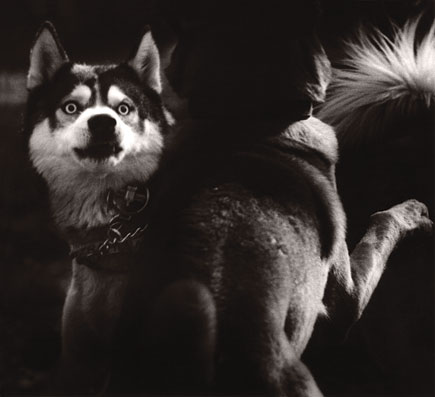 |
|
|
Michael Crouser took these photographs, which have been selected from his book, Dog Run, over a two-year period at Tompkins Square Park in New York City and Lake of the Isles dog park in Minneapolis. The project began as an effort to photograph Great Danes. “They have short, shiny coats and really defined muscles,” Michael says, “and I thought I could get some interesting shapes and reflections as they moved.” Michael was thinking regal; what he got was goofy. The best picture from his early tests shows a Great Dane coming right at the camera as it chases a ball, its ears up, its legs going every which way. So much for Great Danes in majestic motion.
But intrigued by what he’d seen, he went back to the dog parks. “In a 500th of a second, as a dog swirls and jumps and sort-of defends itself in play, it’s going to be posturing, showing its eyes in a certain way, revealing its teeth,” he says. “And the image caught in that 500th of a second is an aspect of a dog’s nature that most people, even dog owners, have never seen.”
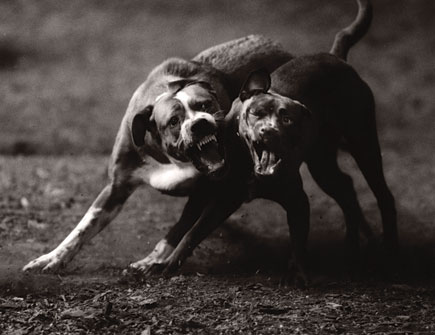 |
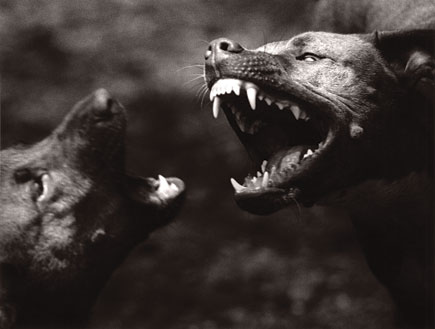 |
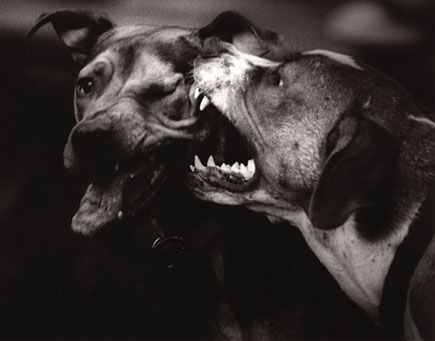 |
 |
The dark, intense look of his photos is, of course, deliberate. “The agenda was not so much to elicit a reaction from viewers as it was to hone a personal expression,” Michael says. “The strong compositions, the tight cropping, the dark, velvety soft prints—all are part of a presentation that feels correct to me; it’s how I should visually express myself, how I should make photographs. I feel that how you speak is as important as what you say.”
And so the Dog Run images were shot mostly on overcast days because he thought they gave him the best chance at the kind of pictures he’d like. And to be sure the look of the prints was exactly what he wanted, he did his own processing and printing. “Everything was shot on Tri-X—Kodak supported the project right from the beginning with film and darkroom chemicals.”
His camera was a Nikon F4, the lens a 300mm f/2.8 AF Nikkor that he focused manually. His exposures were also manually set. “I’d take light readings off the dirt and wood chips, then preset the shutter speed to 1⁄500 or 1⁄1000 depending on the light. Then I’d take the aperture from the reading. Sometimes I’d have to push the film to ISO 800 to get what I wanted. If I could get f/8 or f/11, I’d do it because that improved my chances of grabbing a little extra sharpness.
“With film it was the same thrill I’ve been getting since junior high—going back to the darkroom, running the film, hanging up 10 or 12 or 15 rolls from an afternoon and seeing if I got anything. A lot of times, shooting quick action like that, what I’d get wasn’t necessarily what was there when I tripped the shutter or when the mirror went back down. It’s all happening quickly. I’d follow the action and compose and shoot as my instincts told me. It’s not like sports—there’s no way of anticipating the action. I shot 300 rolls for the book, and there are about 90 pictures in it.”
 |
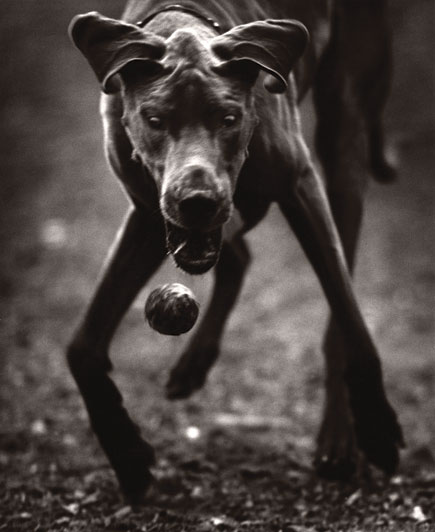 |
 |
 |
- Log in or register to post comments
